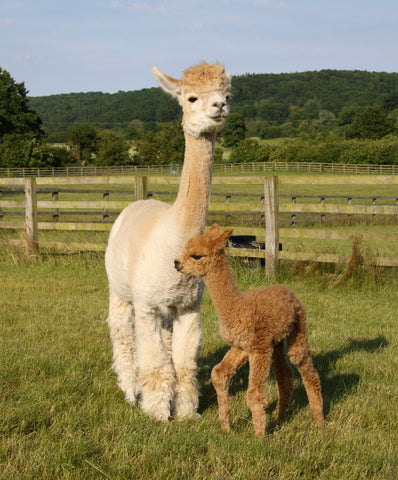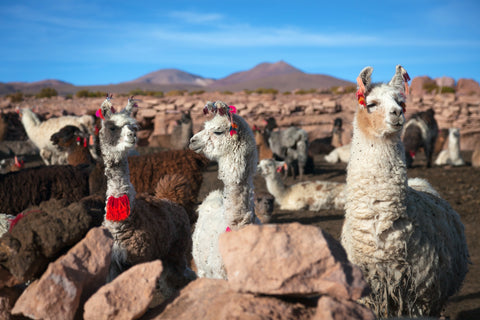
Believe it or not, alpaca wool is one of the most ethical products currently available that is completely eco-friendly and cruelty-free at the same time. But, how can this be, you ask? It sounds too good to be true, but it is, indeed, true.
Alpacas spend their entire lives wandering freely in their natural habitat, the Bolivian and Peruvian Andes Mountains. They’re not killed for their wool, but caught by the farmers and gently sheared. After this happens they are released back into the wild. It’s in a farmer’s best interest to let them live as long as possible because they regrow their wool, which can come in 20 different colors, from white to coffee brown and even orange.

These camelids are not killed for their fur or meat and the animals are not at all harmed come shearing time. Great care is taken so as not to distress the animal or damage the alpaca wool. This is why many vegans wear alpaca wool products, while refusing to use sheep wool because of the way these animals are treated.
Alpaca fiber and wool does not contain fat or allergenic lanoline so no strong chemicals are needed to clean it. This makes it an environmentally friendly fiber.
It’s worth noting that both in case of sheep and alpacas, shearing is a cosmetic procedure which simply takes out the excess of wool they’ve grown. It also makes the animals’ life easier when the summer season is approaching, they feel very hot in their thick furs and shearing protects them from heat strokes.

Now that the main question has been answered, come the other ones. What happens after the shearing process? How does that fiber turn to yarn, and then to beanies, ponchos, and other products?
After obtaining the wool and fiber through shearing, it’s time to classify it taking into account the fineness and the color tones. Each classified fiber, has six color tones and the same grade of softness. The process of separating the fibers according to quality and tonality is done by hand.
Spinning the fiber into yarn is the next step. This refers to turning the raw wool and fibers, shorn from the animals, into strong and useful threads. The weavers, women in their majority, use a drop spindle which varies in size with the diameter of thread being spun. Multiple threads are combined to form stronger ones and single strands are removed from the spindle and then spun together again.
Alpaca fiber is spun before it is washed, as the washing process separates the fibers in the soapy water, and makes it even more slippery and difficult spin. The threads are washed in tanks with roots such as “jabonera” to take off the dirt and dust to obtain clean yarn. After that, they are hung and dried by the sun.
The next and last step is winding. The clean threads are winded into balls between 100 and 200 grams.

Written by Gabriela Weiss
partnerships@beyondbeanie.org
Comments will be approved before showing up.